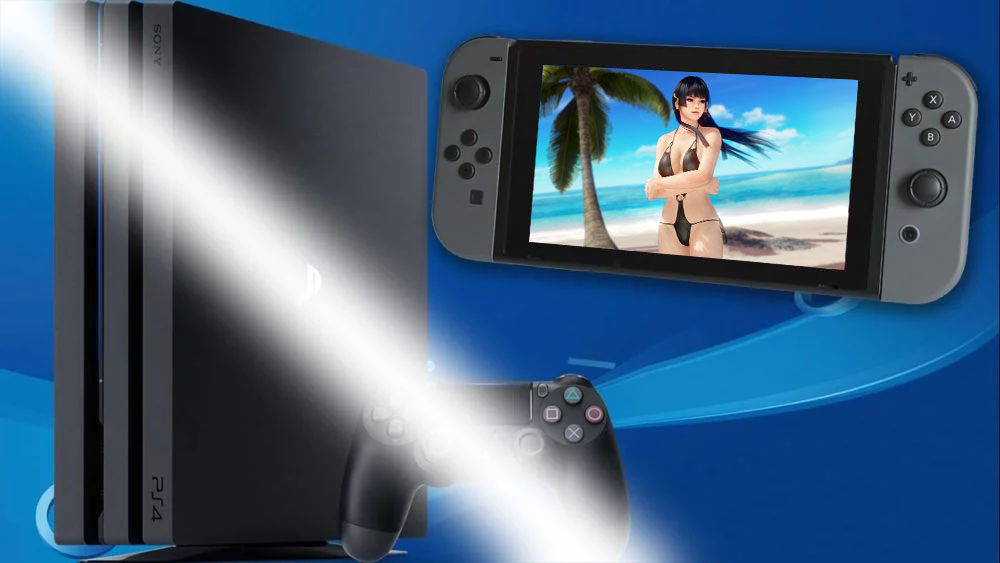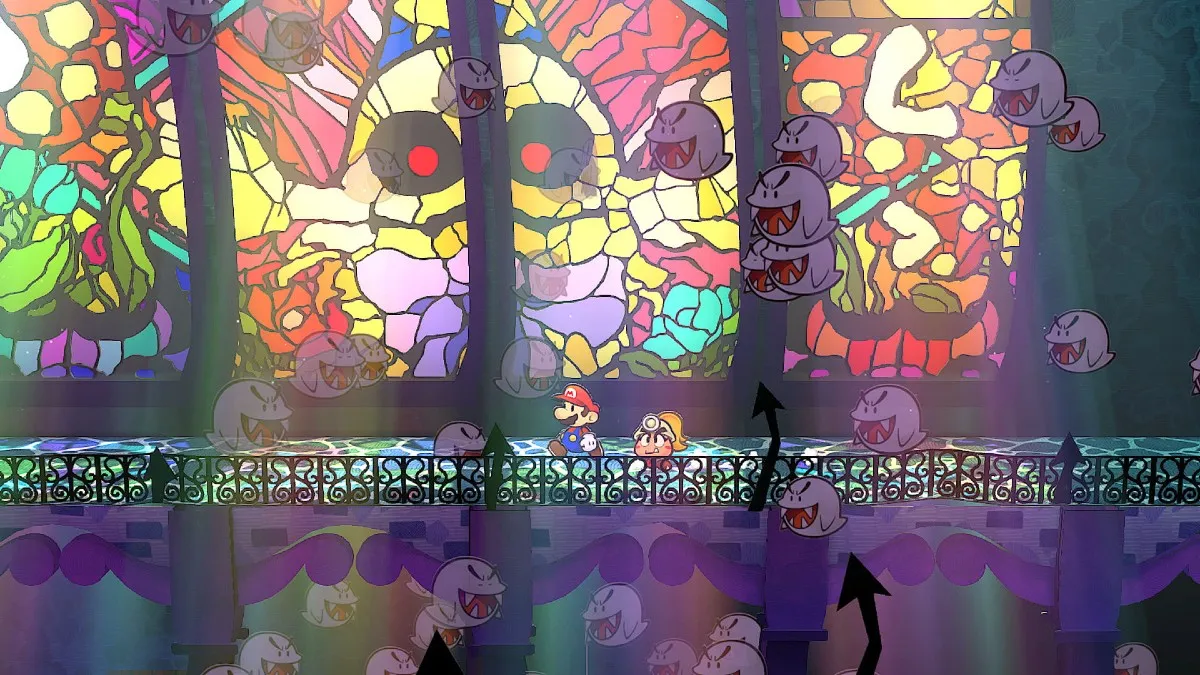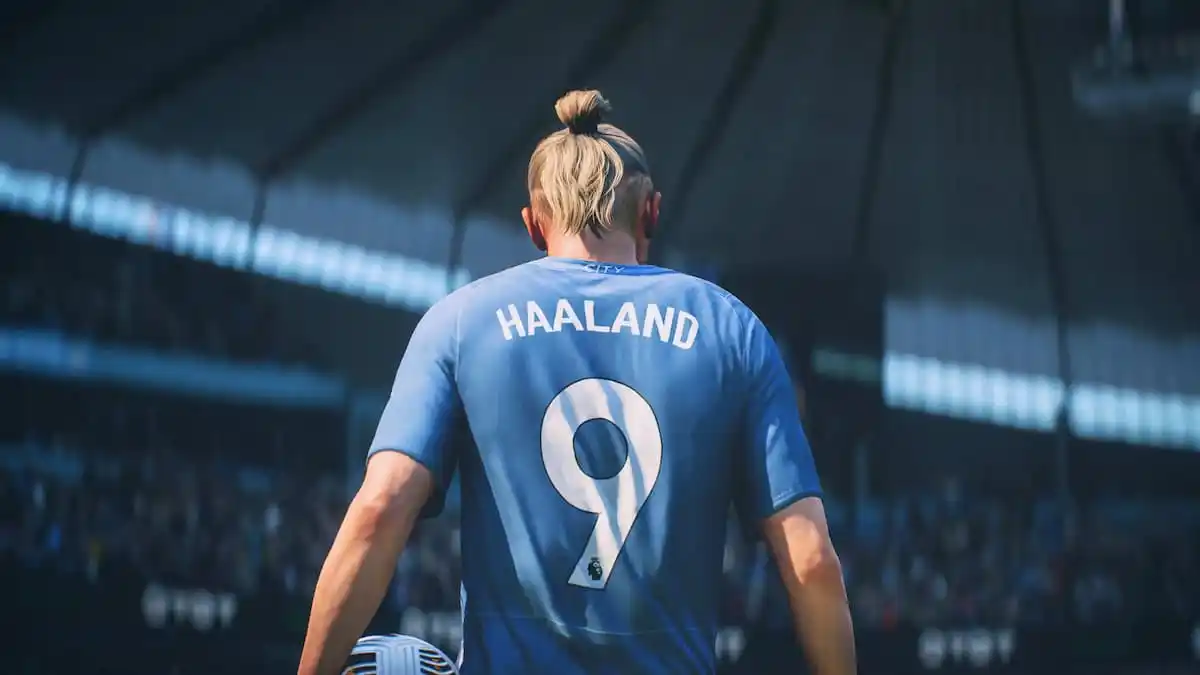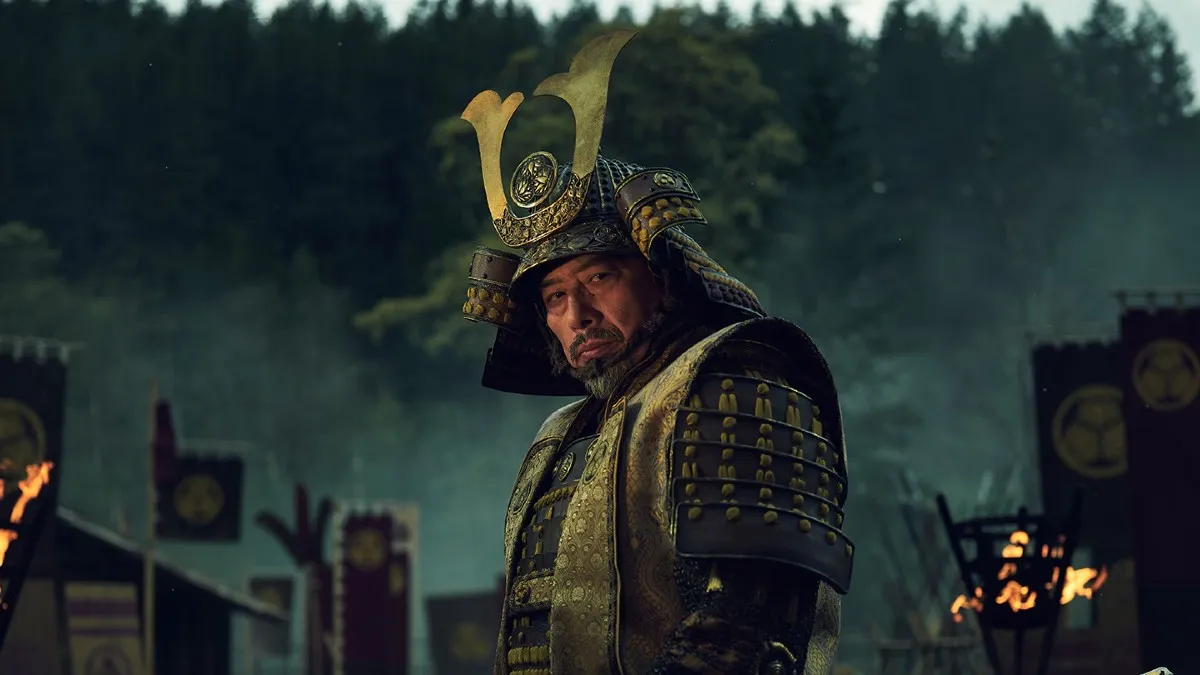Until about a year ago, Nintendo was considered by many the worst offender in terms of censorship in video games. Alterations made to games like Tokyo Mirage Sessions ♯FE, Xenoblade Chronicles, and quite a few more, are well known among the fans.
On the other hand, Sony Interactive Entertainment was seen as fairly liberal, generally allowing a sizable amount of fanservice to appear on its consoles. At the beginning of this generation, PS4 was seen as a bastion of diversity in development cultures, where even small Japanese studios with their unique quirks could thrive and please their fans without too many restrictions.
This was perceived as caused by a radical difference in target audience between the hardware created by the two companies. While Nintendo has made sizable efforts throughout its history to uphold a family-friendly image, PlayStation consoles were seen as targeting an older player base.
Yet, 2018 saw the beginning of a chain of events destined to change this perception radically, basically inverting the roles of the two console manufacturers.

Sony Interactive Entertainment started to crack down heavily on alluring content within the games published on PS4, forcing developers to hide it behind censorship or to remove it altogether. This is largely focused on games from Japan since Japanese development and media culture tends to be a lot more liberal with certain kinds of depictions.
The most severe case is likely that of Omega Labyrinth Z, when British publisher PQube was literally forced by Sony to completely cancel the western release of the game despite the fact that a lot of work on it had already been done, undergoing a severe loss in resources and future revenue. The extreme nature of this event actually led PQube to be one of the few publishers to directly identify Sony as the source of the issue.
Another similar case happened with XSEED games, required to remove the intimacy mode from the PS4 version of Senran Kagura Burst Re:Newal, explicitly calling out “wishes of the platform holder” as the cause.
In most cases, developers tend to keep rather quiet on the direct source of the demand to censor their games. Censorship tends to appear only on PS4, indirectly identifying Sony as the instigating party. Yet, game creators are often stuck between a rock and a hard place, unable to directly address the concerns of their fans without risking to jeopardize their relationship with the platform holder with the biggest installed base on the market.

In Japan, this is compounded by the fact that relationships between companies are regulated by a much stricter etiquette made of iron-clad unwritten rules that indicate publicly pointing fingers as a rather unwelcome activity.
Things became even more surreal when censorship started to appear even on games meant exclusively for the Japanese market, with no western release in sight, like Conception PS4 remaster Conception Plus.
A similar fate befell the PS4 version of the latest game of one of the most beloved series among fans of fanservice, Dead or Alive: Xtreme 3 Scarlet. While the original Dead or Alive Xtreme 3 was released on PS4 and PS Vita with no issue (but didn’t make it to the west) the re-release was missing features and content on Sony’s home console. This felt to many like a sealing of the deal: something within Sony Interactive Entertainment had radically changed.
Some publishers tend to be more transparent than others on the issue, like the good folks at Idea Factory International, who explicitly accompany their press releases (including those for the upcoming Dragon Star Varnir and Super Neptunia RPG) with mentions that the PS4 version of their games includes censored imagery.
These are just a few examples among many and the relatively sudden crackdown caused a lot of malcontent among fans of Japanese games, many of which hold the integrity of the original product in the highest regard and enjoy Japan’s whimsical approach to fanservice.
To make things even more incredible, many of the same games that launched on multiple platforms are being left untouched by censorship on Nintendo Switch.

Dead or Alive Xtreme 3 Scarlet launched with all of its content unaffected as opposed to the PS4 version, on top of cheeky HD Rumble support. Super Neptunia RPG’s imagery is coming without any cuts, and visual novels like Nora to Oujo to Noraneko Heart and Nekopara had their integrity preserved on Nintendo’s console, while Sony compelled developers to tone down the PlayStation 4 versions.
The “mysterious lights” that have been used for a while to obscure naughty bits in anime series during their TV runs have become a recurring unwanted guest on Sony’s console while the same scenes aren’t “lit up” on Switch.
Just lately, we heard that Senran Kagura Peach Ball, which is launching exclusively on the Switch in the west, won’t be censored at all, despite the fact that it’s arguably one of the naughtiest titles of the franchise.
This is in stark contrast with the situation of the PS4 exclusive mainline game Senran Kagura 7even, the development of which appears to be facing severe hindrances due to the controversial policies.
In a situation that can only be described as a paradox considering the previous status quo, Sony has sent clear signals that much of the fanservice fans had gotten used to does not have a place on the PS4 anymore, while Nintendo appears to have quietly opened the gates to that same content (alongside more mature themes in general).

The Switch has become a haven for fanservice fans in the console space, while the PS4 is hit by censorship news almost weekly.
This is possibly due to the fact that Sony Interactive Entertainment has changed its compass as a company rather radically in recent time. The axis of PlayStation has shifted to its North American headquarter in San Mateo, California, and away from its ancestral Japanese home. This is likely to have disrupted the existing balance, with the Tokyo-based arm of the company losing power in favor of its American counterpart, eager to impose more western-centric ideas.
On the other hand, while Nintendo of America and Europe managed to pull the censorship card in the past on their own first and second-party productions for the western markets, control of the whole company’s policies remains solidly in the hands of its Japanese executives in Kyoto. Not only they’re unlikely to be keen to upset their local fans, but they have been successfully engaged in a very visible effort to appeal to more mature audiences with the Switch on a worldwide basis.
Having talked with multiple Japanese developers over the past few months, I perceived that many of them feel uncertain just like their fans do, while some believe that they’ve identified the friction points with Sony, and they’ll be able to work around them in the future.

That being said, while most are reluctant to talk, I have gathered a few interesting elements from my conversations with multiple development and publishing sources. First of all, the general guidelines this recent censorship crackdown is based upon aren’t recent at all.
They have been around for a long while, but Sony Interactive Entertainment has been rather lenient in applying them in the past. As of late, they have been a lot stricter in enforcing them on a global level, which is why many perceive this as a change (which it is, at least in practice).
During the early stages of the process of submitting the game for approval on PlayStation platforms, developers are required to disclose the kind of content is portrayed in the title, and the platform holder will then circle back with feedback on it. At times, the final decision comes a lot later, and causes issues in development or publication, leading to delays unwelcome expenses for the studios.
There also appears not to be a hard ban on partial nudity, but it becomes problematic when portrayed in combination with certain sensitive elements: the apparent age of the characters involved is the most obvious, but it isn’t the only one. Another example is when engaging with a character sexually (for instance by touching or watching) is seen as something the player is rewarded for.
This is what I could glean of the current situation, but we don’t know what’s coming in the future.

Jim Ryan just succeeded John Kodera as Sony Interactive Entertainment’s CEO at the beginning of April. His ideas on the topic aren’t very well known, and the only relevant quote comes from an interview following the 2017 edition of Paris Games Week.
“We showed a lovely range of games last night. The Last of Us obviously is a game made by adults to be played by adults. I should never prejudge this but it will probably be rated ’18’, I think it’s fair to say. And there’s that market for those people who like that sort of game. Adults who like that sort of game. And I think we cater for that, and at the other end of the spectrum there was Concrete Genie, which my 8 year old decided was the game she would like to play very much.
And I think a platform holder provides a platform and the people who make games, whether they’re our own studios or third party publishers, they bring the content to the platform. We provide the platform. We have to ensure the right content is played by the right people – of appropriate ages in particular. I thought TLOU2 was a great way to end the show and I feel very good about it.”
Of course, this doesn’t mean much on its own. It remains to be seen whether Ryan is even interested in getting involved with this kind of specific content policies, and whether the statement above about having the right content played by the right people of appropriate ages is limited to violence (which is largely seen as a-ok in the west) or extends to other potentially controversial topics.
It’s still early days of Ryan’s tenure, and we’ll have to wait and see. I have to admit that I really enjoyed the way he handled the insinuations made by the journalist in the interview quoted above, but I am not going to hold my breath.

On the other hand, it’s hard to say whether we can expect Nintendo’s quietly accepting attitude towards fanservice to continue indefinitely or not. For the moment, there have been no issues, but they also haven’t been targeted by any especially virulent controversy.
The house of Mario and Zelda has been no stranger to censorship in its semi-recent history, and whether they’ll ignore potential criticism coming their way from this or that critic depends on a variety of factors, and possibly on the scope of the controversy.
With that said, it’s difficult to gauge how much this can realistically affect the competition between Sony Interactive Entertainment and Nintendo. Most of the games which fall victim of censorship on PS4 while remaining untouched on Switch are very niche in their appeal.
It’s unlikely that the mainstream audience as a whole is going to care all that much as long as they can get big AAA games like Marvel’s Spider-Man or God of War. Most probably don’t even know, as mainstream gaming news outlets not only tend to avoid reporting about this issue, but they normally ignore the games affected to begin with.
It’s hard to say whether this storm will pass any time soon, or things are going to get worse before they get better. Paradoxically, as a hardcore fan of Japanese games, the sight of the “mysterious lights” isn’t entirely negative for me.

While I certainly find censorship abhorrent and my first gut reaction is of disgust, Japanese developers and creatives have been employing a variety of methods (some so funny that they’ve become legendary) to circumnavigate the rules of their specific media forms as closely as possible while continuing to provide fanservice to their audience without getting into too much trouble (at least not intentionally).
As long as we’ll keep seeing scenes that require being covered up with those annoying rays of light, we’ll know that those Japanese developers and artists have not given up on what they like to portray. It would probably be much easier for them, and it’d save them a lot of headaches, to just take a step back and not include any of that imagery to begin with. Yet, for now, they’re not taking that route.
While the presence of the lights does mean that a scene has been censored, and luckily Nintendo is still providing an outlet on consoles where this doesn’t happen as much, it also shows that the developers we love are sticking to their guns. As long as they do, there is still hope for things to change for the better.




